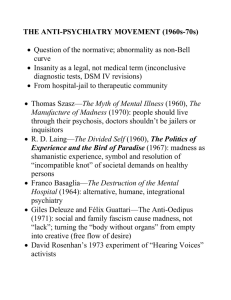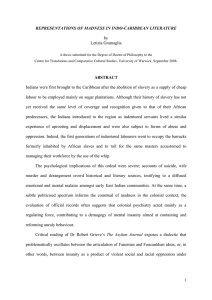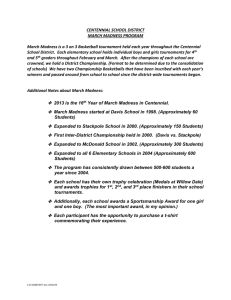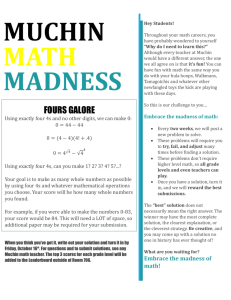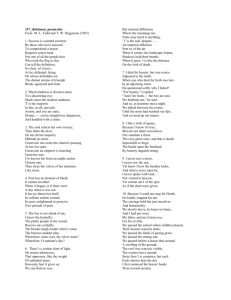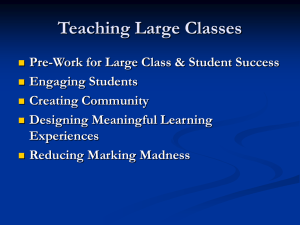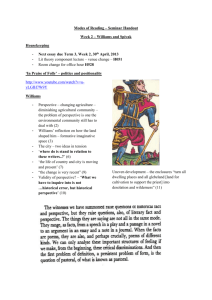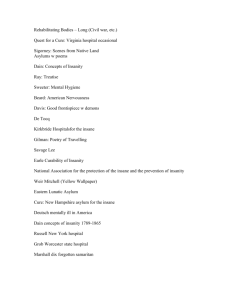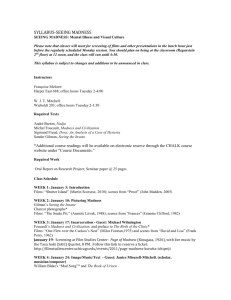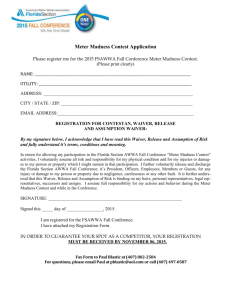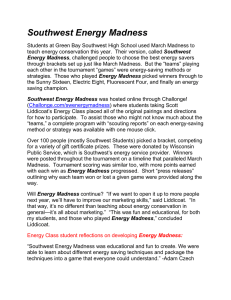WORD
advertisement
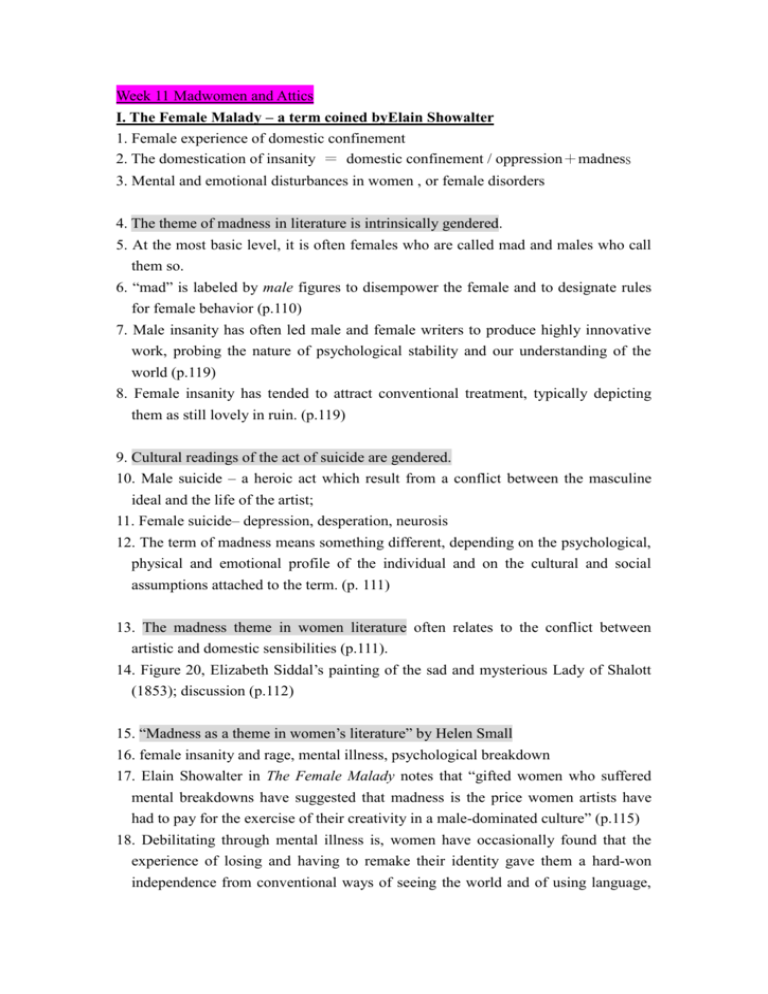
Week 11 Madwomen and Attics I. The Female Malady – a term coined byElain Showalter 1. Female experience of domestic confinement 2. The domestication of insanity = domestic confinement / oppression+madness 3. Mental and emotional disturbances in women , or female disorders 4. The theme of madness in literature is intrinsically gendered. 5. At the most basic level, it is often females who are called mad and males who call them so. 6. “mad” is labeled by male figures to disempower the female and to designate rules for female behavior (p.110) 7. Male insanity has often led male and female writers to produce highly innovative work, probing the nature of psychological stability and our understanding of the world (p.119) 8. Female insanity has tended to attract conventional treatment, typically depicting them as still lovely in ruin. (p.119) 9. Cultural readings of the act of suicide are gendered. 10. Male suicide – a heroic act which result from a conflict between the masculine ideal and the life of the artist; 11. Female suicide– depression, desperation, neurosis 12. The term of madness means something different, depending on the psychological, physical and emotional profile of the individual and on the cultural and social assumptions attached to the term. (p. 111) 13. The madness theme in women literature often relates to the conflict between artistic and domestic sensibilities (p.111). 14. Figure 20, Elizabeth Siddal’s painting of the sad and mysterious Lady of Shalott (1853); discussion (p.112) 15. “Madness as a theme in women’s literature” by Helen Small 16. female insanity and rage, mental illness, psychological breakdown 17. Elain Showalter in The Female Malady notes that “gifted women who suffered mental breakdowns have suggested that madness is the price women artists have had to pay for the exercise of their creativity in a male-dominated culture” (p.115) 18. Debilitating through mental illness is, women have occasionally found that the experience of losing and having to remake their identity gave them a hard-won independence from conventional ways of seeing the world and of using language, see Janet Frame (p.115) 19. How can we write about either women or madness in the language which society gives us, a language which privileges men and emphasizes the value of reason? 20. Women who have written about madness is to be seen as one of the most revealing symptoms of their own feelings of entrapment and oppression. (p.116) 21. Feminist critics appropriate this transgressive symbolic power of madness, see Juliet Mitchell (p.116) 22. Mary Jacobus, however, objects the widespread celebration of madness as a theme in women’s writing and a symbol of the condition of all women; not the way to liberate women from structures of thought which have traditionally equated them with irrationality, silence, nature and the body (the male correlatives are reason, discourse, culture and mind). (p.117) 23. A medical and scientific category – Charcot’s hypnotism and Freud’s psychoanalysis (p.114) 24. Hysteria, the Greek word for “womb”; early medical writers believed that the uterus could move around the body, giving rise to physical and mental disturbance (p.117) 25. Female body has been represented as being highly vulnerable to physical and psychological derangement because of the delicacy of the female reproductive system; premenstrual syndrome 26. Female irrationality, including fainting, giving way to uncontrollable weeping, breathlessness and phantom pains, peaked in the 18th and 19th centuries 27. Female hysteria could turn to mania, producing violent, even murderous or suicidal rages. 28. Hysteria, a young woman’s disease and synonymous with femininity; doctors recommended marriage as the cure and spoke of motherhood leading to mental breakdown (post-natal depression) 29. Figure 23 and 24, male’s and female’s view of the woman’s body.
